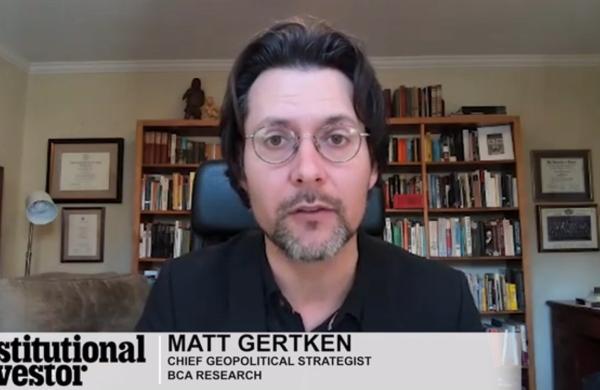The credit crisis has the U.S. licking its economic wounds, but Brazil and Peru got a welcome pat on the back last month when they landed coveted investment-grade ratings. “At a time of international turbulence like this, it shows confidence in the Peruvian economy,” the country’s Economy and Finance minister, Luis Carranza, tells Institutional Investor. President Luiz Inácio Lula da Silva of Brazil was equally enthusiastic during a speech he gave after the announcement of his country’s upgrading: “This is the guarantee that we have become masters of our fate and will set the policies that we feel are convenient for Brazil.”
Officials of both countries hope that having an investment-grade rating will unleash fresh inflows of portfolio and foreign direct investment. Indeed, Brazil’s benchmark Bovespa index surged 6.3 percent on April 30 on news of the decision by Standard & Poor’s, which raised Brazil’s rating by one notch, to BBB–. But some of those benefits may have to wait a little longer.
Many of the big fixed-income funds closely tracked by pension plans and other institutional investors include only bonds that have an investment-grade rating from at least two of the major U.S. rating agencies. Both Brazil and Peru remain a step away from the milestone that “opens up the investor base, as happened with Russia and Mexico,” says Andrés Pardo, Latin America strategist and economist at Lehman Brothers in New York.
Fitch Ratings raised its rating on Peru by one notch, to BBB–, early last month, saying that the fiscal and external debt position had improved enough to “counterbalance the country’s key credit weaknesses, a concentrated export base [and] political and social risks.” But other agencies sounded a more cautious note.
Peru’s debt figures “continue to surprise on the upside,” says Lisa Schineller, a credit analyst at S&P. “The concern is the political-social dynamic. [Peru’s] institutions are weaker than [those] in Brazil. This raises the question of policy continuity with the balance sheet.”
Moody’s Investors Service indicated that it had no plans to upgrade Peru anytime soon. The country remains dependent on a limited export basket dominated by minerals, says Mauro Leos, Moody’s senior analyst for Latin America, making it vulnerable to gyrating commodity prices. And the age-old problem of poverty makes the issue of political risk a permanent feature of the landscape, he says.
Peru’s Carranza dismisses the agencies’ political concerns. “I’m surprised that economists, who are not political analysts, can draw conclusions from what they see on the small screen in New York about political matters,” he tells II. His current focus is to improve labor flexibility and pursue social programs to reduce the poverty level from 42 percent to 30 percent of the population by the next presidential race in 2011.
Brazil looks likely to obtain a second investment-grade rating sooner than Peru. Late last month Fitch placed the country’s rating, which at BB+ is currently one notch below investment grade, under active review for a possible upgrade. Still, Brazil’s debt-to-GDP ratio — 47 percent — remains high relative to other investment-grade economies, according to S&P. Schineller argues that the high level of public debt is offset by the “maturation” of Brazil’s institutions and policy framework. “Policy setbacks or mistakes would be more limited,” she tells II. “That’s what we’re assuming.”
But there is room for caution. “Unless Brazil is careful, it could go the other way because it has continued to expand current government expenditure and hasn’t opened its economy [enough],” says John Welch, senior managing director and emerging-markets analyst at Bear, Stearns & Co. in New York.
The upgrades certainly won’t harm the two countries’ bright economic prospects. The International Monetary Fund expects Peru’s GDP to grow 7 percent in 2008 and Brazil’s to expand by slightly less than 5 percent. “The ratings validate positive news in the economies, as indicated by asset prices, notably local currencies sustained by high commodity prices,” says Felipe Illanes, chief Latin America economist with Merrill Lynch & Co. in New York.
The ratings decisions could boost investment and create jobs in both countries, which, like many parts of the region, struggle with severe income inequalities. At the very least, they might encourage politicians in Brasília and Lima to stay the course of reform, says Sebastian Briozzo, director of sovereign analysis with S&P in Buenos Aires. “Countries that reach investment grade have, in a sense, already achieved a certain social and political stability that makes them less vulnerable to sudden changes — internal and external shocks.”





